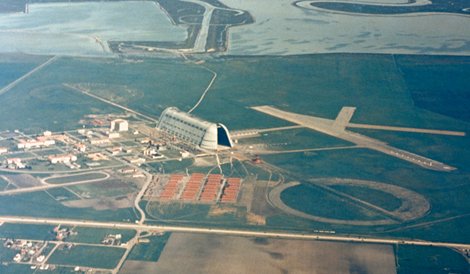NASA and Google are working together on a project that will combine quantum hardware with learning algorithms designed to add intelligence to the machine for the delivery of creative problem-solving processes to help solve modern day problems, from web search to protein folding.
Together, with quantum computing company D-Wave and the USRA (Universities Space Research Association), they have launched the Quantum Artificial Intelligence Lab at NASA’s Ames Research Center in Silicon Valley.
D-Wave Systems has provided a new 512-qubit quantum computer for the project, called the D-Wave Two, which uses a new type of superconducting processor incorporating quantum mechanics to accelerate computation.
Google director of engineering Hartmut Neven, in a blog post, said he believes quantum computing can help solve some of the most challenging computer science problems that exist today.
“Machine learning is all about building better models of how the world to make more accurate predictions,” Neven said.
He said classical computers aren’t suited to solving some of the complex problems being faced by science and industry today.
“[Quantum computing] lets you cheat a little,” Neven said.
“Classical computing might use what’s called “gradient descent”: start at a random spot on the surface, look around for a lower spot to walk down to and repeat until you can’t walk downhill anymore.”
Quantum computing instead lets you “tunnel” through a ridge to see if there is anything hidden beyond it, for the “optimal solution”.
Nevan said Google has already developed some algorithms that will be used by the quantum machine but found it needed the right compute environment to enact such algorithms.
“You get the best results not with pure quantum computing, but by mixing quantum and classical computing,” Neven said.
Researchers from around the world will be invited to take part in the project.

